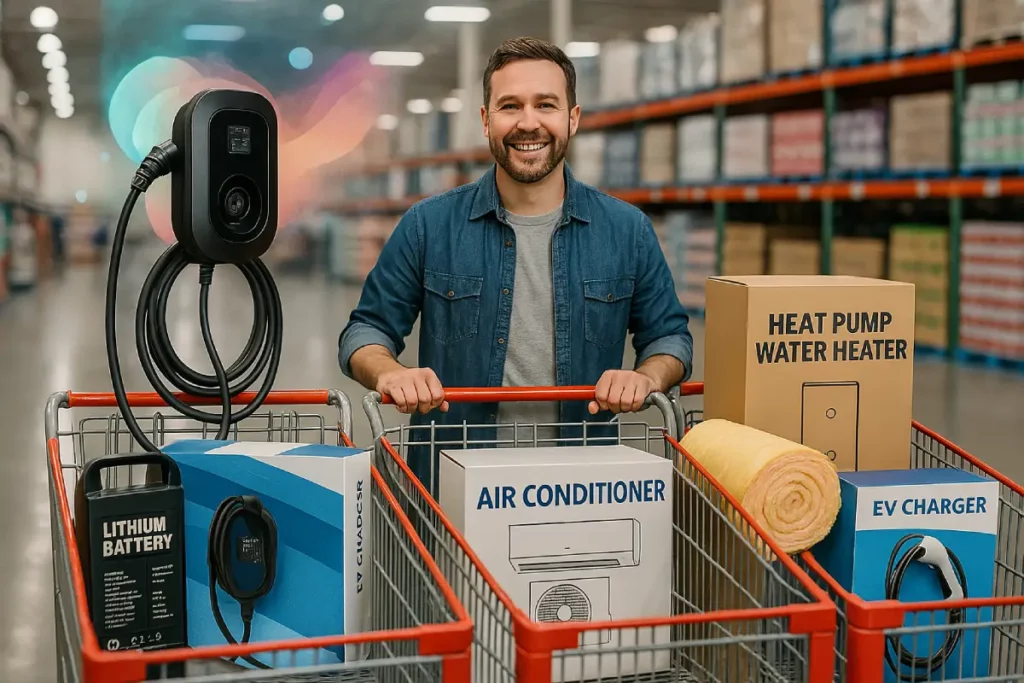Switching to an electric vehicle (EV) is exciting! But one big question many people have is about EV charging. Knowing how to charge your electric car is super important.
It’s like knowing where the gas stations are for a regular car. As more people choose EVs, understanding EV charging becomes key for everyone thinking about getting one, or who already has one.
Luckily, the network of places to charge your EV, called the EV infrastructure, is growing fast all over the country. Think of it like more and more special parking spots popping up where you can plug in your car.
Besides these public spots, you can also set up charging right at your home! This guide is here to help you understand everything about EV charging.
We’ll look at the different ways to charge, how much it costs, and how you might save money with special offers called rebates.
“Ready to demystify EV charging? Let’s explore everything from basic home plug-ins to super-fast highway chargers and how to keep costs down.”
Here’s what we will cover:
Let’s dive into the world of electric vehicle charging!

Not all EV charging is the same speed. Think of it like filling a water bottle – you can use a small garden hose or a big fire hose. EV chargers work similarly, and they are grouped into three main levels based on how fast they charge your car’s battery. Let’s look at each one.
Level 1 EV charging is the simplest way to charge your electric car. It uses a normal wall plug, the same kind you use for your lamp or TV (called a 120-volt outlet).
This type of charging is the slowest. For every hour you plug in, you typically only add about 3 to 5 miles of driving range to your car’s battery. That might not sound like much, but if you plug in your car overnight while you sleep (say, for 8-12 hours), it can be enough for many people’s daily driving needs.
Level 1 charging is especially good for plug-in hybrid electric vehicles (PHEVs). These cars have smaller batteries than fully electric cars, so they don’t need as much time to charge.
The best part? You usually don’t need to buy any special equipment. Most electric cars come with a Level 1 charging cord that you can plug right into a standard wall outlet. It’s easy and convenient, even if it takes a while.
Level 2 chargers are a big step up in speed from Level 1. They use a more powerful electrical outlet, like the ones used for clothes dryers or ovens (a 240-volt outlet).